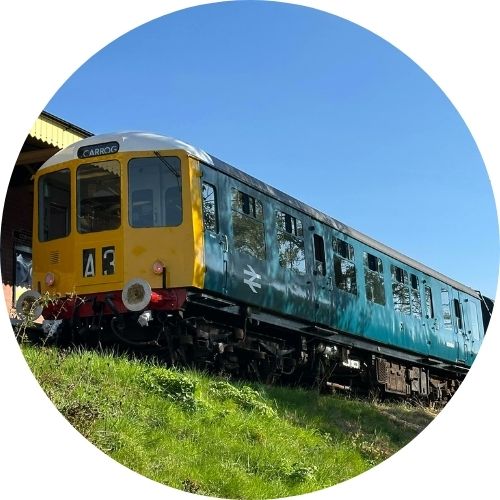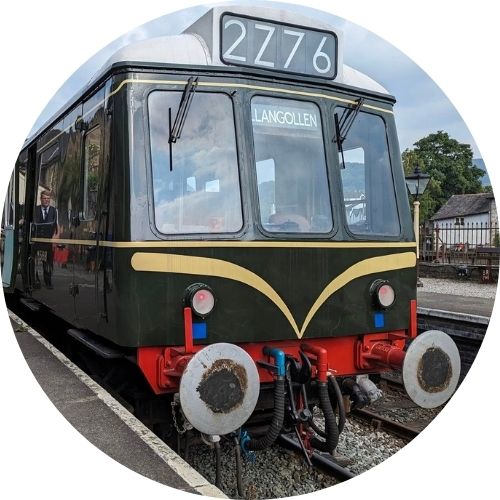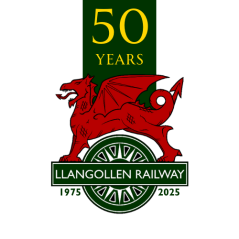Railcar services are provided by our fleet of railcars (also known as Diesel Multiple Units or DMUs), all of which are now more than sixty years old.
In 1955 British Railways announced its modernisation plan for the phasing out of steam locomotives and that resulted in the building of a large number of railcars by its own workshops and also by a number of private manufacturers. In general, they were all built to a standard mechanical design so that they could couple together and operate under the control of a single driver but they nevertheless emerged with different looks and feels that became the characteristics of each manufacturer. Several of those differences can be seen in our relatively small but varied fleet.
When they were first introduced in the late 1950s and early 1960s the railcars proved very popular with passengers due to the excellent all-round views they provided, and their clean interiors compared to some of their predecessors. Sadly, trains that offer passengers a driver’s eye view are now a thing of the past on the main line railways in the UK but our railcars enable passengers to sample that nostalgic experience whilst enjoying the picturesque views of the Dee Valley.
Class 104
50454/50528

Class 108
51933/54504

Class 109
50416 /56171

Class 127/108
51618 /56223

Each of the above railcars includes a small first class section with superior accommodation and passengers are invited to upgrade to first class for a small donation, the proceeds from which help to fund maintenance and restoration projects.
More detailed information about the above railcars, maintenance activities and the ongoing restoration of other ones can be found on the Llangollen Railcars web site. The group is always keen to welcome new members and anyone interested is asked to get in touch via that web site.
